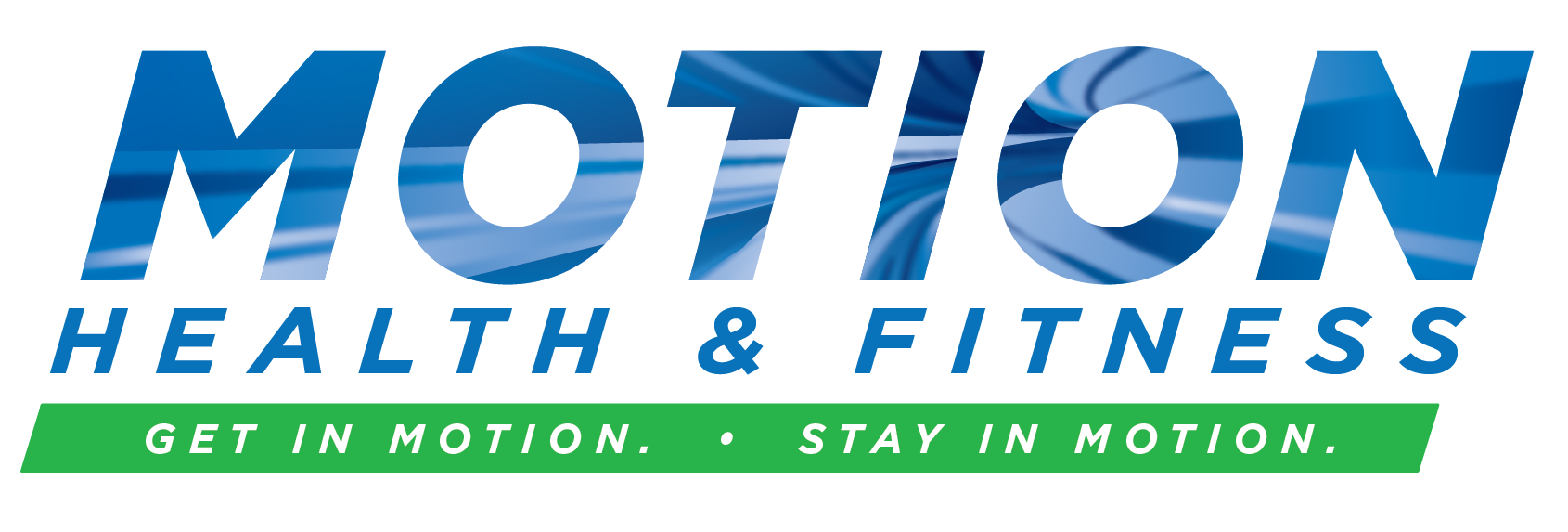According to a new report from the CDC, 1 in 4 Americans age 65 and older report falling each year, which accounts for the largest percentage of unintentional deaths.
There were 18,000 fall-related deaths in 2007 and that rose to 30,000 in 2016. Over that span, the rate of deaths increased by an average of 3 percent annually. Moreover, there are 3 million fall-related emergency room visits annually. This is a worsening problem that needs to be addressed.
Being on multiple medicines, including blood thinners, can contribute to falling. However, reduced physical activity, plus age-related changes in gait and balance, also contribute to this problem.
Balance and strengthening exercises can help prevent falls. Exercise makes your muscles stronger and more flexible, and it can also improve your balance.
A comprehensive 2016 analysis by the British Journal of Sports Medicine found that exercise alone reduces the risk of falls in older adults by an average of 21 percent. What’s more, working out for more than three hours per week was linked to a 39 percent reduction in falls.
As we age, our muscle mass declines. The way to thwart this is by performing resistance exercises. According to one Age and Ageing review, 1 in 3 adults age 60 and older suffer from severe muscle loss, called sarcopenia.
The strength of the legs, hips and core are all critical to mobility. The loss of muscle mass and strength in the arms and upper body can also make it difficult to catch yourself if you trip and begin to fall.
Focus on your body’s largest, most powerful muscle groups, such as your glutes, quads and hamstrings, while also performing single-leg and balancing exercises.
A qualified personal trainer can help you perform the necessary exercises to strengthen your legs, hips, core, low back and upper body, as well as improve your coordination and mobility.
Don’t wait until you (or your parents) begin falling to act. Be proactive and preventative.
Get in Motion. Stay in Motion.






